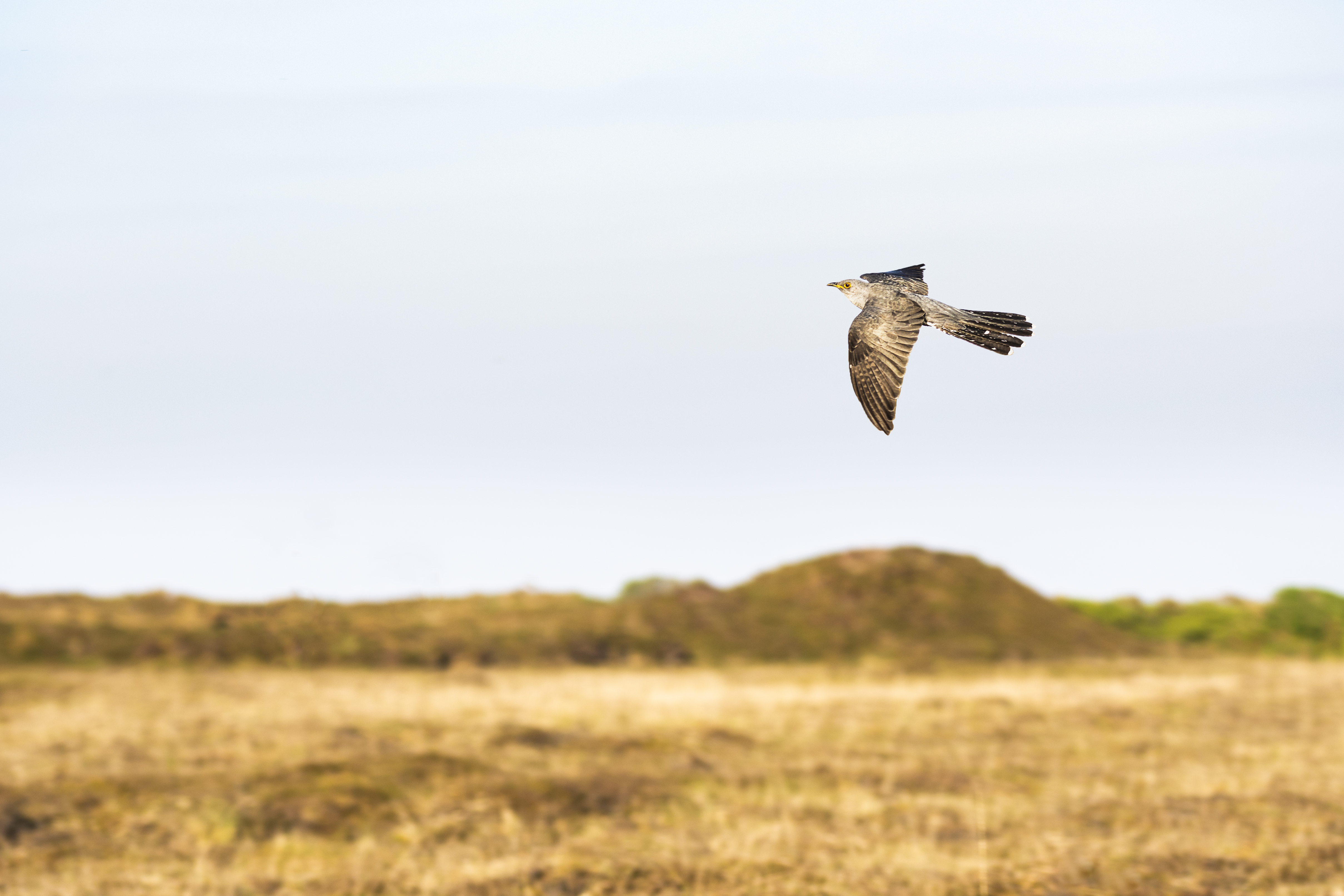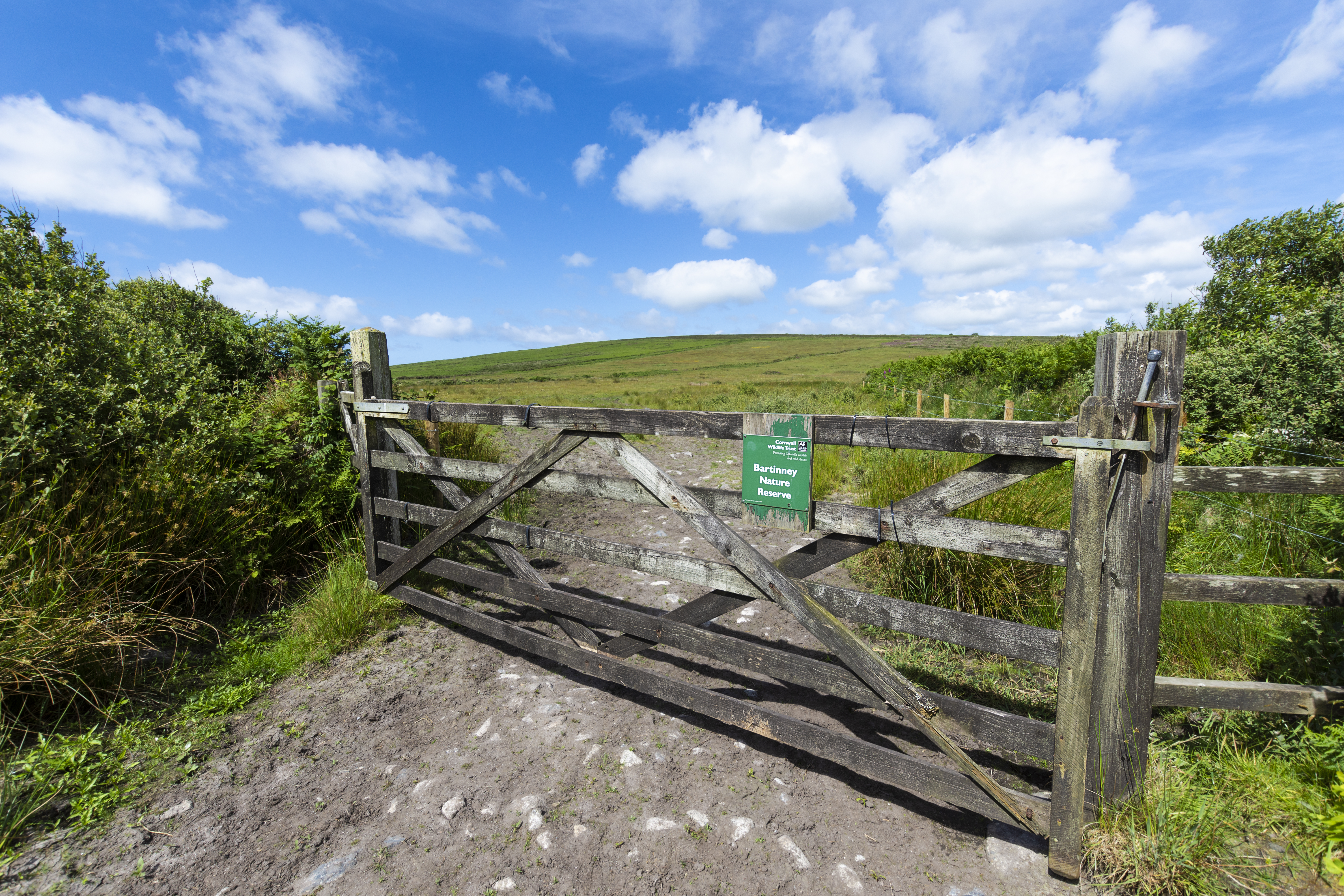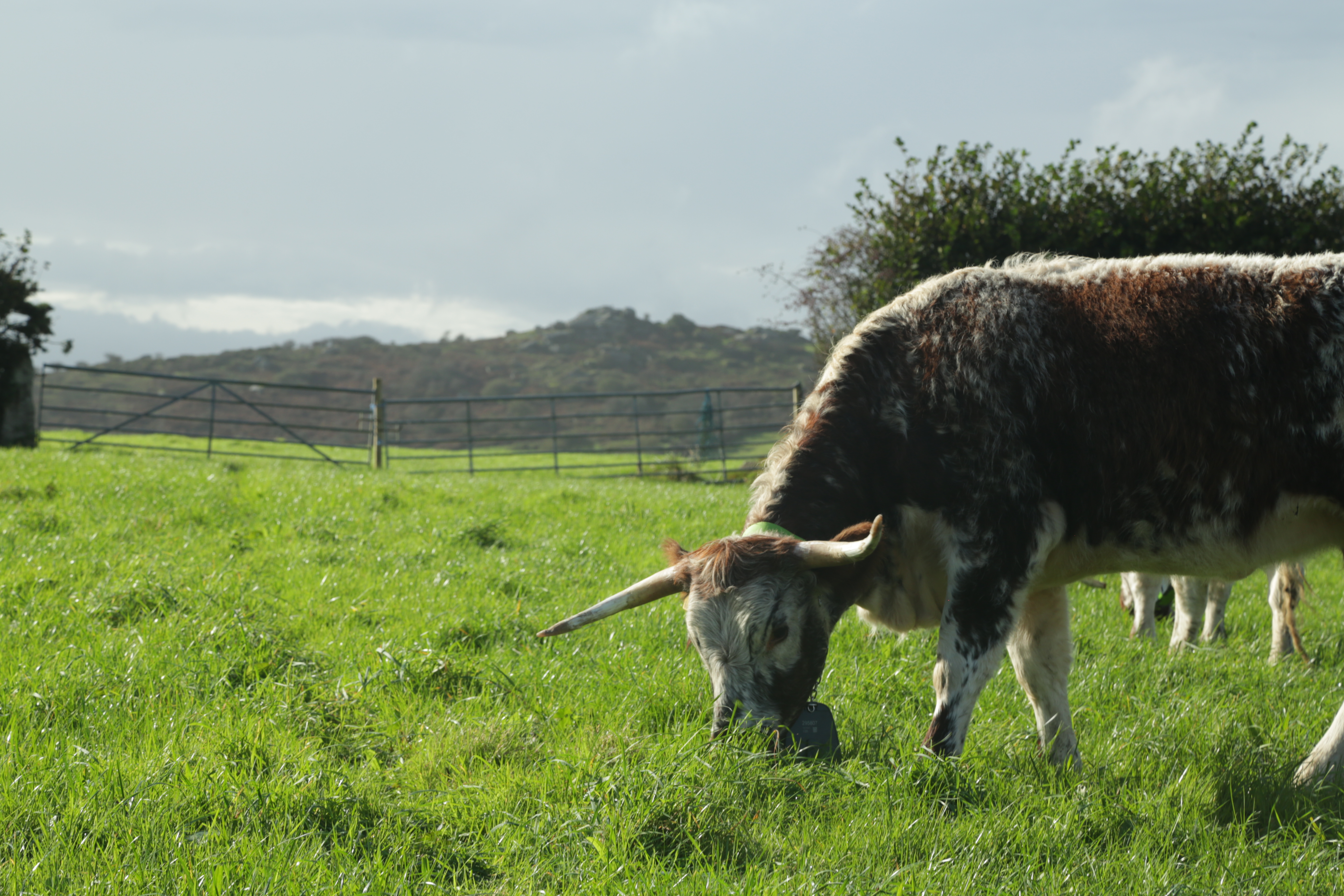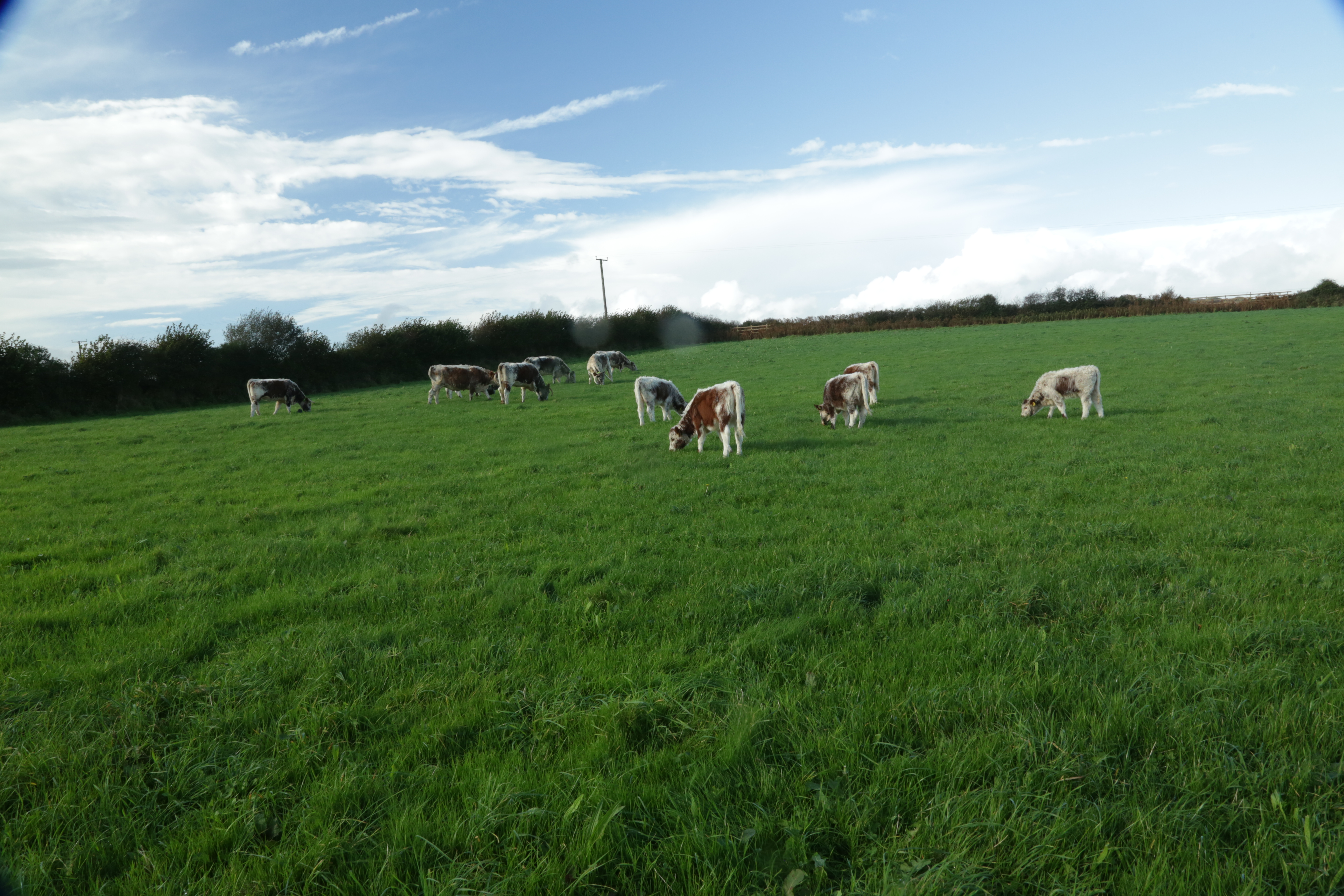
There are many contenders for the mantle of ‘most beautiful area of the UK’, but Cornwall is surely amongst the frontrunners. With its rugged cliffs, wild moorland and remote, rural landscapes, its scenery is timeless.
But time hasn’t treated the Cornish countryside well; like other areas of the UK, nature has declined in Cornwall and its wildlife has paid the price.
In its 2030 strategy for nature recovery in Cornwall, Cornwall Wildlife Trust highlights how centuries of damaging human practices have had a serious impact on species richness (the number of species in an area) and abundance (the number of individuals of a species within an area).
However, the Trust has been working hard since it was established in the 1960s to reverse this decline. Trust staff, ably supported by volunteers, manage nature reserves across Cornwall in a bid to restore and conserve wildlife habitats and the species contained within them.
Working with farmers to boost wildlife
Sign up to receive content like this directly to your inbox
Land acquisition
The Trust currently manages 5,500 acres of land across Cornwall, which works out at just 0.6% of Cornwall’s total land area.
The Trust’s land acquisition policy has become more targeted in recent years, shares Director of Nature Recovery, Callum Deveney.
“We recognise that we can’t own all of Cornwall and we can’t manage every bit of wildlife habitat,” says Callum. “So, our nature reserves are representative of the rare and important habitats that exist within Cornwall. We have a lot of coastal sites and increasingly we’ve bought what might be looked upon as low productive farmland, and then tried to enhance that from a wildlife
point of view.”
The Trust took on smaller sites in its early days, but today they work to the principle: “Bigger, better, more joined-up.”
“The bigger our nature reserves are, the better they generally are,” explains Callum. “If they can provide some kind of connectivity for wildlife within the landscape that’s important.
The biggest nature reserve currently being managed by the Trust is Helman Tor near Bodmin.
“In 2022 we acquired Creney Farm, which is located in the middle of our Helman Tor nature reserve,” says Callum. “That’s a great example of how we sometimes pursue land that is an obviously great opportunity for us.”
An ex-organic 100-acre farm, it is surrounded by the nature reserve on three sides,” explains Andy. “It provides us with the opportunity to have some facilities on site, as it came with a farmhouse and some outbuildings.
“We currently all operate out of our HQ in Truro, but that’s about 45 minutes’ drive away, more during the holidays. Logistically, that makes carrying out work on sites such as this a lot more challenging. So, we’re looking to develop an outbuilding at Creney Farm into an office and a base for operations in
the area.”
The buildings also provide handling facilities for livestock, which has given the team the opportunity to keep English Longhorn cattle on the site. This is beneficial as they display naturalistic behaviours that help manage
the reserve.
Helman Tor
As the Trust’s approach to land acquisition has become more targeted and streamlined, it has shifted its focus towards working alongside farmers to help them employ wildlife-friendly practices.
Almost 75% of Cornwall’s land is used for agriculture and therefore a greater uptake of nature-friendly farming would have a huge impact.
“We realised that we could focus all our resources into trying to buy more land and have more nature reserves, but it wouldn’t achieve as much as if we support other landowners to manage their land in a way that is beneficial to wildlife and Cornwall,” Callum says.
Working with farmers
“We’re not majorly active in terms of acquisitions – we tend to act when something comes up adjacent to an existing reserve, or sometimes we may target a piece of land which is strategically important.”
“By expressing the same behaviour as ancient bovine species such as breaking branches and overturning the earth, they’re helping to support wildlife by potentially opening up closed areas and giving plant life the opportunity to thrive there,” says Andy.
There are many brilliant examples of sustainable farming in Cornwall, but the Trust hopes to work alongside many more farmers to create more joined-up nature-rich areas, as so many are isolated at present.




An example of a current project is the Trust’s ongoing drive to restore incredible temperate rainforest habitat at West Muchlarnick Farm, near Looe.
Left as a legacy to Cornwall Wildlife Trust in the early 2000s, the 150-acre site is split into four areas. The majority comprises grassland fields, with some trees and small strips of woodland. However, one area of the site is already covered by temperate rainforest.
The project will restore the lost temperate rainforest that would’ve existed in the other areas in the past.
“We’ve recently secured some funding to establish more rainforest, specifically the restoration or creation of temperate rainforest habitats,” says Callum. “We’ve identified West Muchlarnick Farm as the place to undertake that work, but if we can buy land around that site we will have created a bigger project and it will deliver more.
“We pursue specific circumstances like this for land acquisition. Another example is an area of heathland in West Penwith called Bartinney, which Carter Jonas helped the Trust purchase.
“Heathland is a rare and important wildlife habitat, and this plot was adjacent to one of our existing nature reserves,” explains Andy Collins, Mid Cornwall Reserves Manager.
“Altogether the area is now around 100ha. The plot includes Bartinney Hill, an ancient fort, and the heathland around it.
“The Bartinney plot was under managed, with lots of bracken. By taking it in and linking it to our existing management we will be able to introduce grazing to the site. We’ll also be able to move away from bracken domination and revert it back to a mixture of heathers and create grassy areas to support a range of insects, reptiles and specialist heathland birds such as the Dartford warbler.”


The team has also introduced pig grazing - a first for the Trust - in order to replicate behaviour the wild boar would’ve demonstrated.
“Wild boar became extinct in Cornwall around 400 years ago and they’re listed as a dangerous wild animal now, so it would be very difficult to bring them back,” explains Andy.
“Instead we’re using some of the oldest, native breeds of domesticated pigs. Native breeds are better able to cope with rugged, harsh conditions.
“Certain behaviours they exhibit, such as rootling (turning over the earth using their snouts), help us manage the site, so we have less to do. We’re good at a lot of things but trying to mimic those natural processes, which historically we’ve had to do, is hard.
“We’ve worked with local farmers to introduce the pigs – it means they value the site because they’re getting a high-quality product from it. But we also build those relationships because they’re experts in what they do.”
“At the moment, our 2030 strategy is very focused on looking at some of our key nature reserves and the wider area around them and trying to work with farmers within those areas where entering into an environmental scheme is potentially a benefit to the farmer from a business and financial point of view,” says Callum.
“Connecting corridors is very important for wildlife. Generally, farmers are willing to listen and take on board the information we provide. The Sustainable Farming Incentive (SFI) is quite new to a lot of people, so there is a little bit of hesitancy around it, but if you have advisers who can sit down and explain it, it makes it a lot easier for people to come on board with.
“We never try and force anything on anyone, but we’re there to help if they’re interested. Since we came out of the Common Agricultural Policy things have changed. For some farms to be financially viable, some of these stewardship options may be necessary. However, it’s a delicate message to navigate because farmers are proud to produce food. We always respect and support that element of their business too.”
As well as helping with land purchases, acting as a land agent and to supporting the Trust in its capacity as a landlord, Carter Jonas has been helping the Trust communicate with farmers about stewardship schemes.
“Farmers want to know how stewardship schemes would affect their wider business, which is where you need to start bringing in some professional advice,” Callum says.
“Carter Jonas’ local knowledge and national resources mean the business is uniquely placed to help the Trust across a breadth of areas.
“We can access advice from experts across the country alongside our in-depth local knowledge delivered by our agents in the region,” Chris Anderson, partner at Carter Jonas, says. “That combination helps us deliver what the Trust needs and enables it to take maximum advantage of new opportunities.”
At a time when more and more landowners are looking for land with biodiversity potential, having Carter Jonas on board is a key advantage for the Trust in a competitive market.
"The biodiversity market is evolving very rapidly and there have been some significant purchases of land for this specific purpose, not just locally but nationally too,” he says.
“However, the Trust recognises that it can multiply its impact by advising farmers. It can be highly effective delivering that advice and working with farmers, alongside owning and managing land in the right places to generate public interest and demonstrate what can be done to improve and enhance biodiversity and habitats.”
This is something Chris and his colleague, Jessica French, is looking forward to helping the Trust with more through the Penwith Landscape
Recovery project.
One of 34 successful projects to receive funding through Landscape Recovery, a government scheme to fund projects that support net zero, protected sites and habitat creation, the project will rejuvenate the moors and downs of Penwith, in Cornwall. The project will explore options for cattle grazing on the heathlands, while also ensuring that clean water flows through the
fens and farmland.
“The Trust will be providing farmers with environmental and farm management advice to maximise the benefit to the businesses and the habitats they manage and we will be in the background providing guidance on how it would impact the rest of their business, for instance ownership, succession and all the other property related and business related issues that are a factor in altering and changing land use.
“The Trust is leading the project and we will be helping them to design and implement the scheme which is very exciting.”


Photography by
Ben Watkins
Sign up to receive content like this directly to your inbox